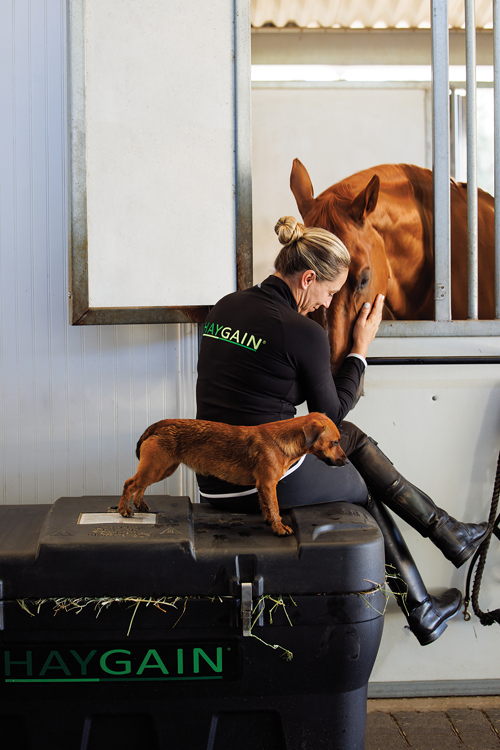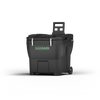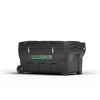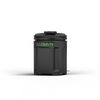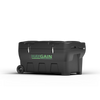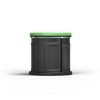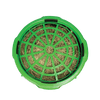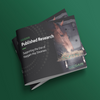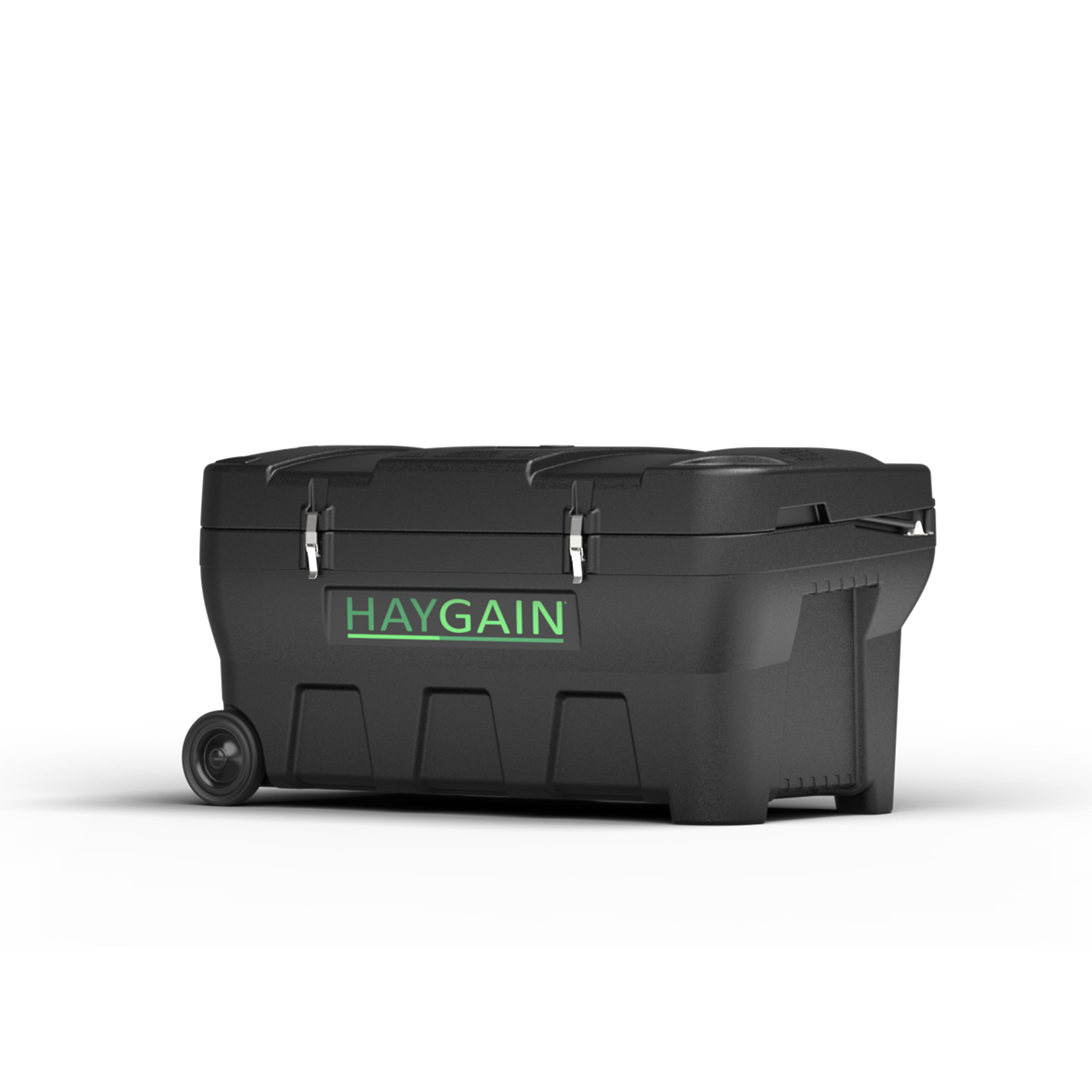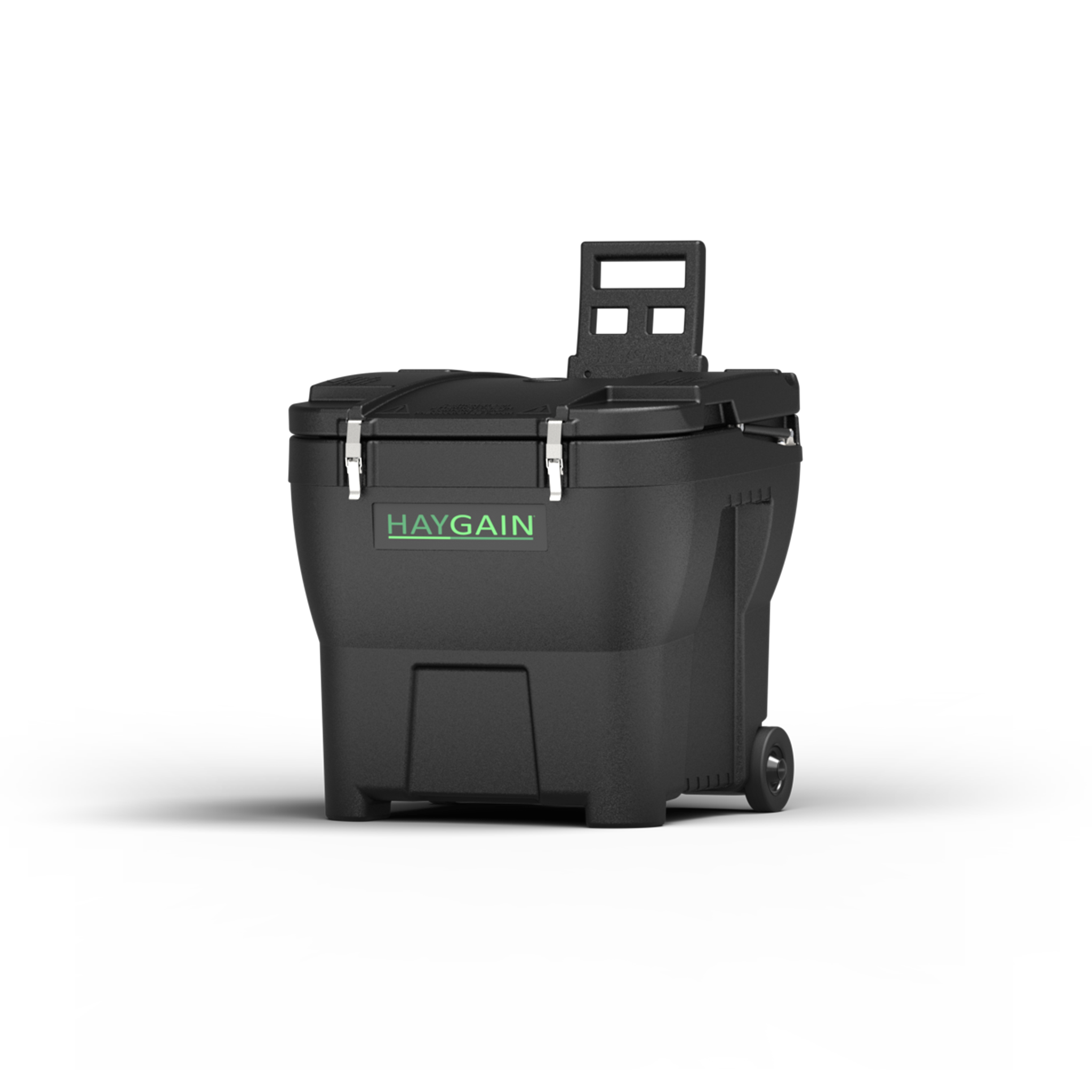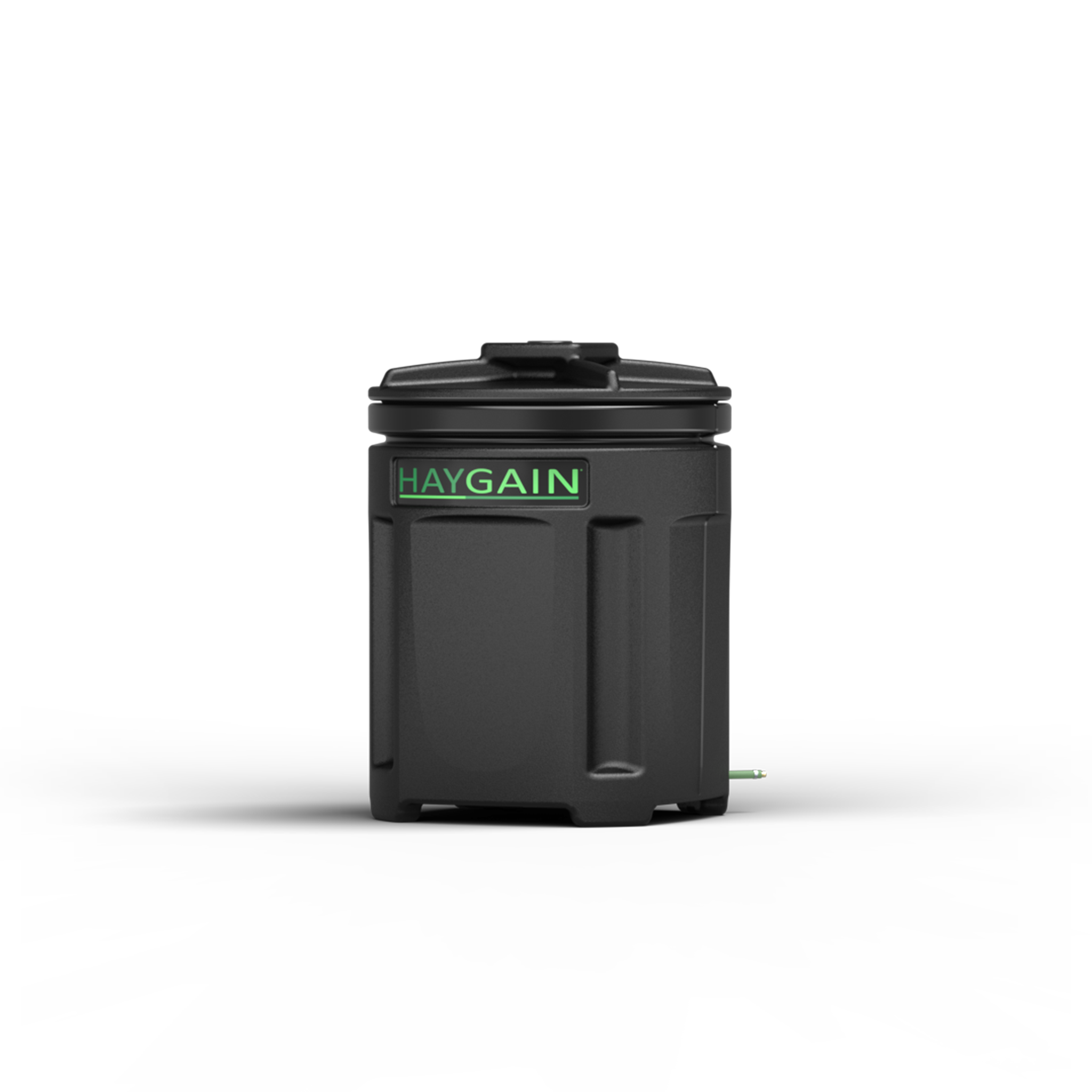EQUINE RESPIRATORY PROBLEMS
Your horse is coughing occasionally or maybe he’s just a little off his game for no apparent reason. You know that respiratory conditions can have stealth symptoms, and that’s led you to an overwhelming alphabet soup of disease acronyms and names. COPD, IAD, RAO, Heaves and Equine Asthma are among the results confronting you as a concerned owner searching for help in this critical area of our horses’ health and well-being. All forms equine respiratory problems share the same cause: irritation and inflammation in the upper and lower airway and increased mucus. This restricts our horse’s ability to make full use of its capacity to inhale oxygen and to exhale carbon dioxide.

SYMPTOMS CAN BE
OBVIOUS
Coughing, nasal discharge or laboured breathing, etc.
Subtle
Slower recovery fromexercise, decreased performance, increased respiratoryrate at rest, etc.
abscent
Dr. David Marlin describes several studies in which international-level equine athletes were found to have respiratory disease even though their riders considered them in peak health.
Over 80% of active sport horses are estimated to have some degree of respiratory challenge. After lameness, veterinarians typically look to respiratory function as the most common reason for decreased performance. A 2018 study of over 700 horses determined that 88% had some level of respiratory disease.
LEARN MORE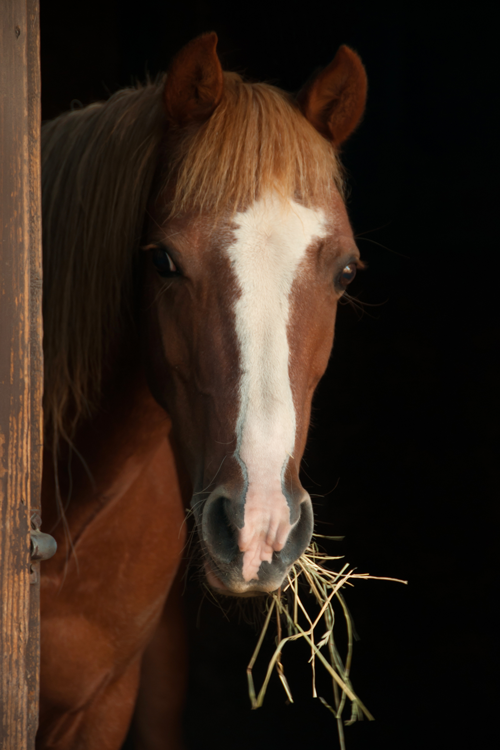
FORAGE IS GOOD & BAD
Forage is a double-edged sword in equine management: it's critical to nutrition and digestive health, but also the biggest source of respiratory particles. These microscopic bits - less than 1/10 the size of a human hair - include dust, mold, bacteria and other allergens. They trigger inflammation and irritation that leads to conditions on the Equine Asthma Spectrum.
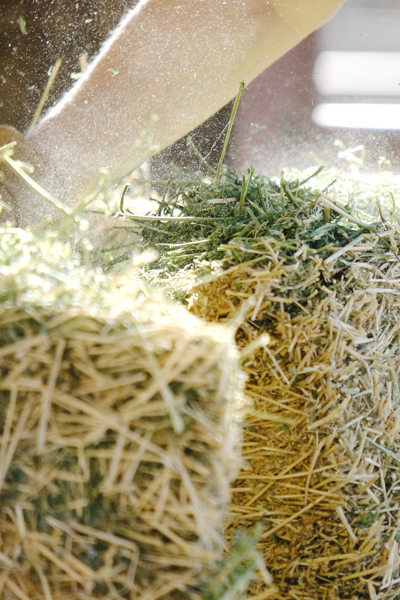
TREATMENTS
Bouts of Severe Equine Asthma symptoms require medical approaches: systematic or inhaled corticosteroids to control inflammation and excess mucus, and bronchodilators to open the airways.
Neither are suitable for long term use. Corticosteroids have side effects and bronchodilators open the airways to more respirable particles that triggered the problem in the first place.
Reducing dust in our horses’ environment is veterinarians’ top advice for preventing and/or managing respiratory disease in any form.
RISK REDUCTION
Supports Respiratory Health
Multiple studies prove that respiratory challenges affect over 80% of active sport horses, often without obvious symptoms. The cause is inflammation in the upper and lower airways, triggered by inhalation of microscopic particles that irritate the lining of the respiratory tract.
Supports Digestive Health
By deactivating mould and bacteria commonly found in hay, Haygain steaming reduces the risk of colics related to ingesting these particles. A 2009 study showed that horses fed hay of poor hygienic quality were significantly more susceptible to colic than those fed clean hay.
Aids with Hydration
As a bonus to reducing respirable risks, Haygain steamed hay has up to 3X the moisture content of dry hay - great for digestion and hydration. And its proven palatability entices even picky eaters to get everything they need from their hay, and nothing they don't!
Horse owners corroborate those findings in reports of easier breathing, fewer coughs and allergies and improved performance for healthy horses, plus significantly reduced symptoms for those with existing respiratory problems.
LEARN MOREPREVENTION
-
1
Give maximum outdoor time and ensure good ventilation in the stable
-
2
Make sure your horse is fed clean high quality forage in its diet
-
3
Use low-dust bedding and clean stables whilst horses are outside
-
4
Do not use leaf-blowers around horses or whilst they are in the stable
THE RIGHT STEAMER FOR YOU
-
Haygain HG 2000
Shop nowRegular price £2,780.00Regular priceUnit price / perCAPACITY PER CYCLE:
20-30kgFEATURES:
Easy open lid, wheels and handleSTEAM GENERATOR:
NEW 2.6 kW steam generator, 7.7 liters capacity, built-in timer for easy programming.CYCLE DURATION:
70 minutesDIMENSIONS:
L 1449 mm x B 815 mm x H 750 mm -
CAPACITY PER CYCLE:
9-11kgFEATURES:
Easy open lid, wheels and pop-up handleSTEAM GENERATOR:
NEW 2 kW steam generator, 7.7 liters capacity, built-in timer for easy programming.CYCLE DURATION:
60 minutesDIMENSIONS:
L 805mm x W 776mm x H 751mm -
CAPACITY PER CYCLE:
5-7kgFEATURES:
Easily portable - ideal for travelSTEAM GENERATOR:
1.5 kW steam generator, 3.5 litre capacityCYCLE DURATION:
60 minutesDIMENSIONS:
D 565mm x H 737mm
